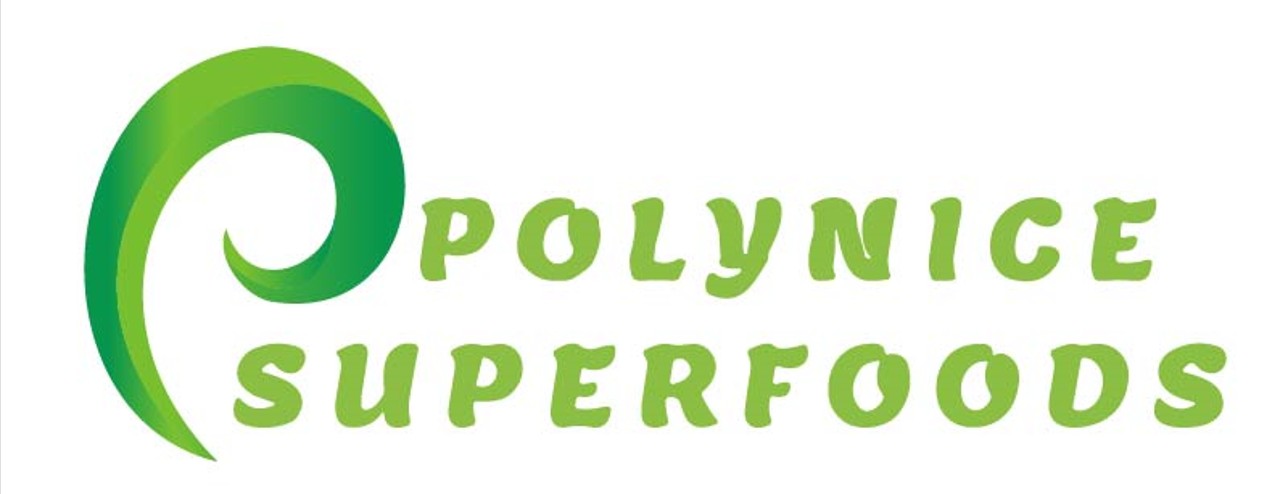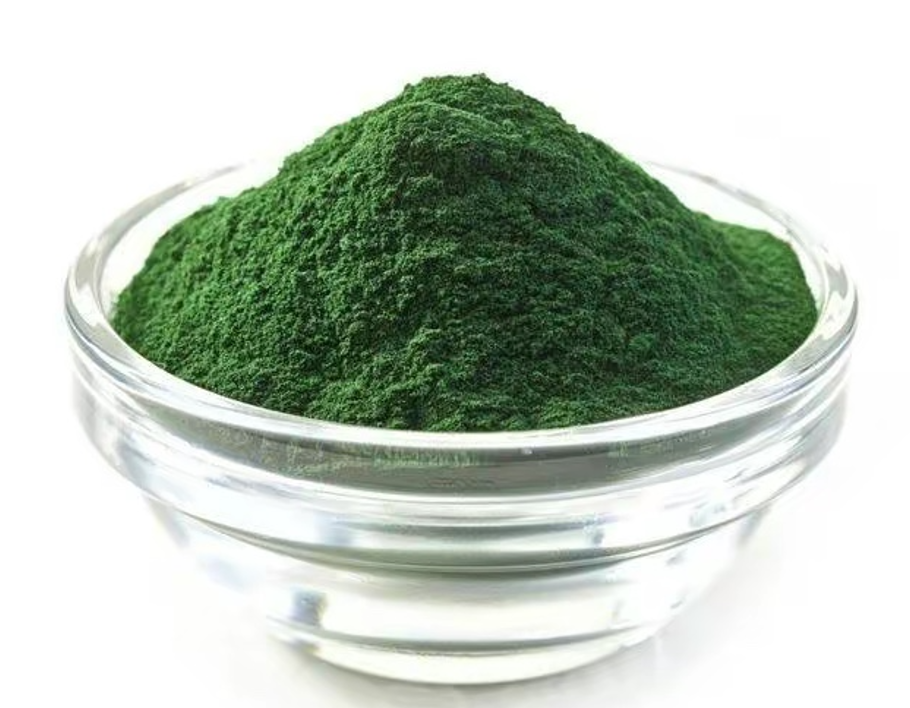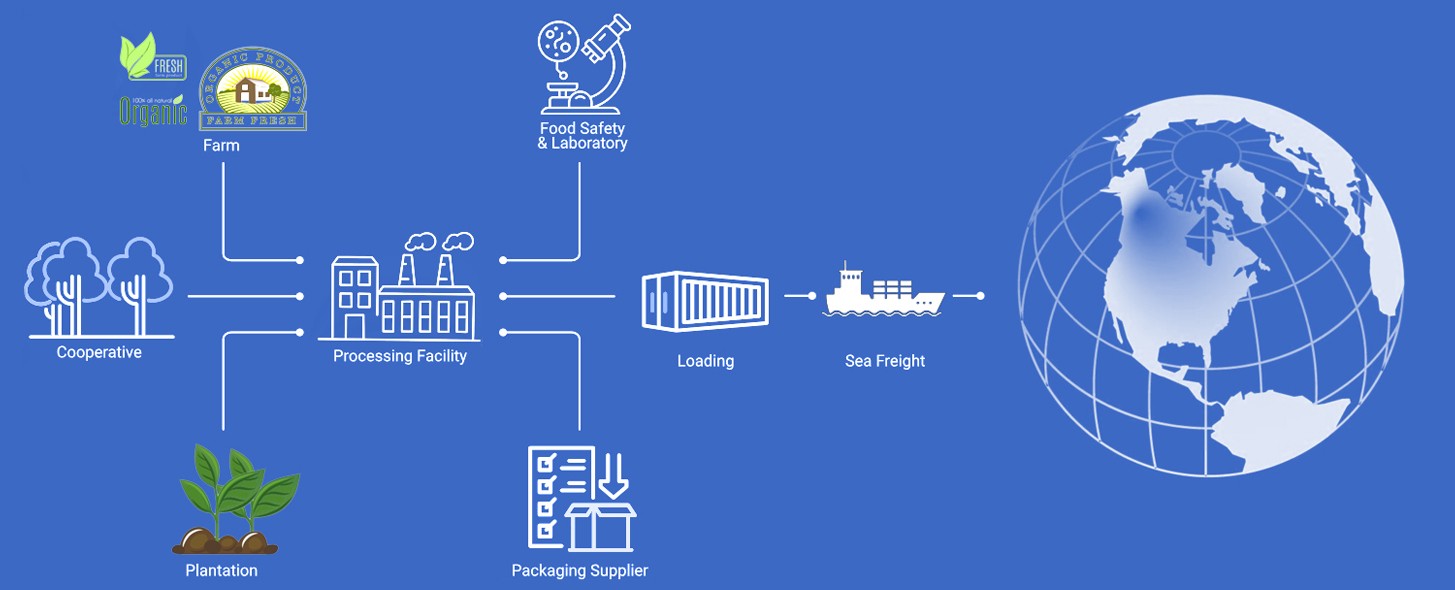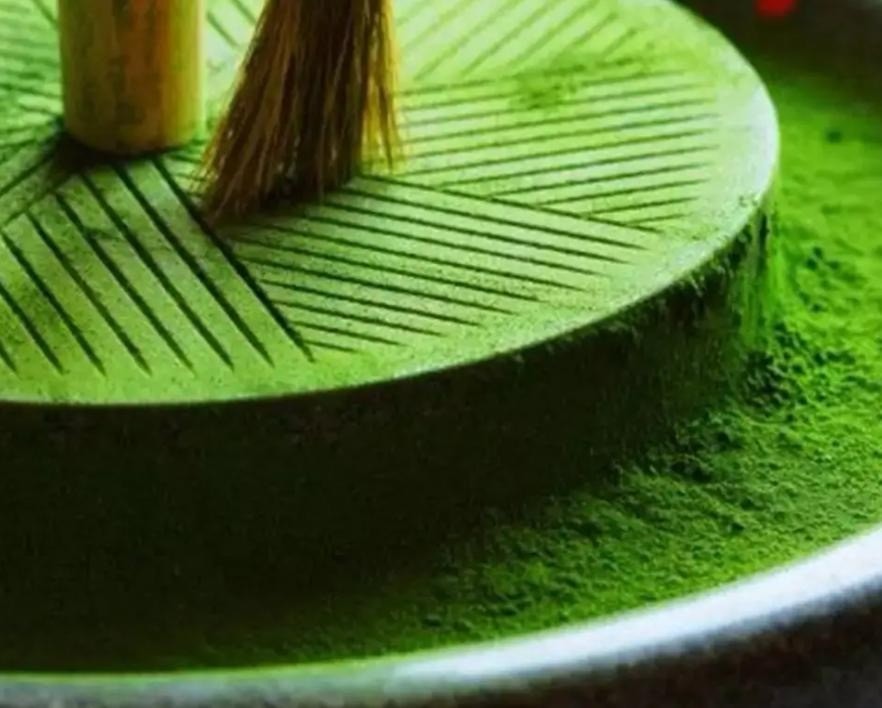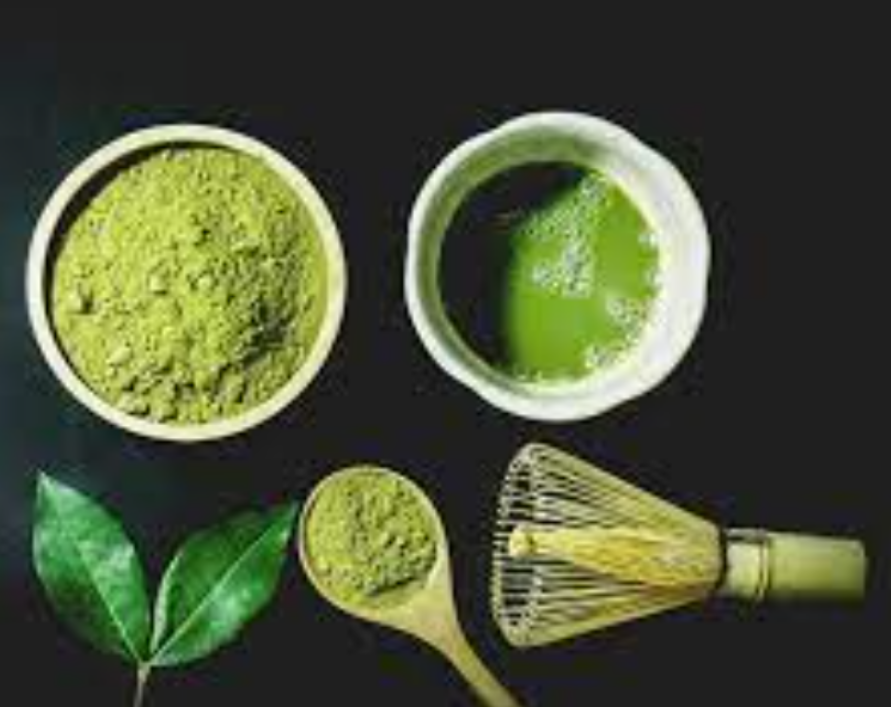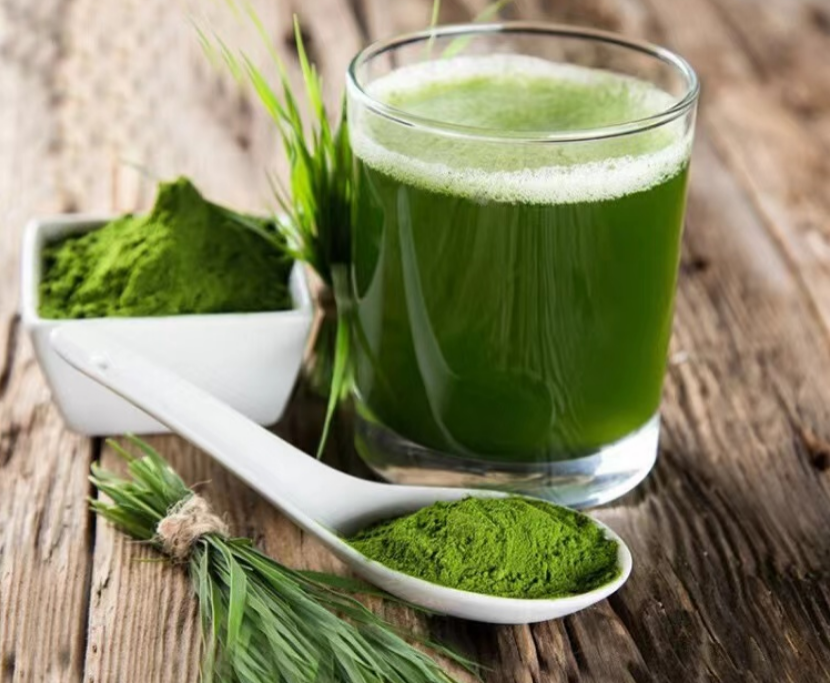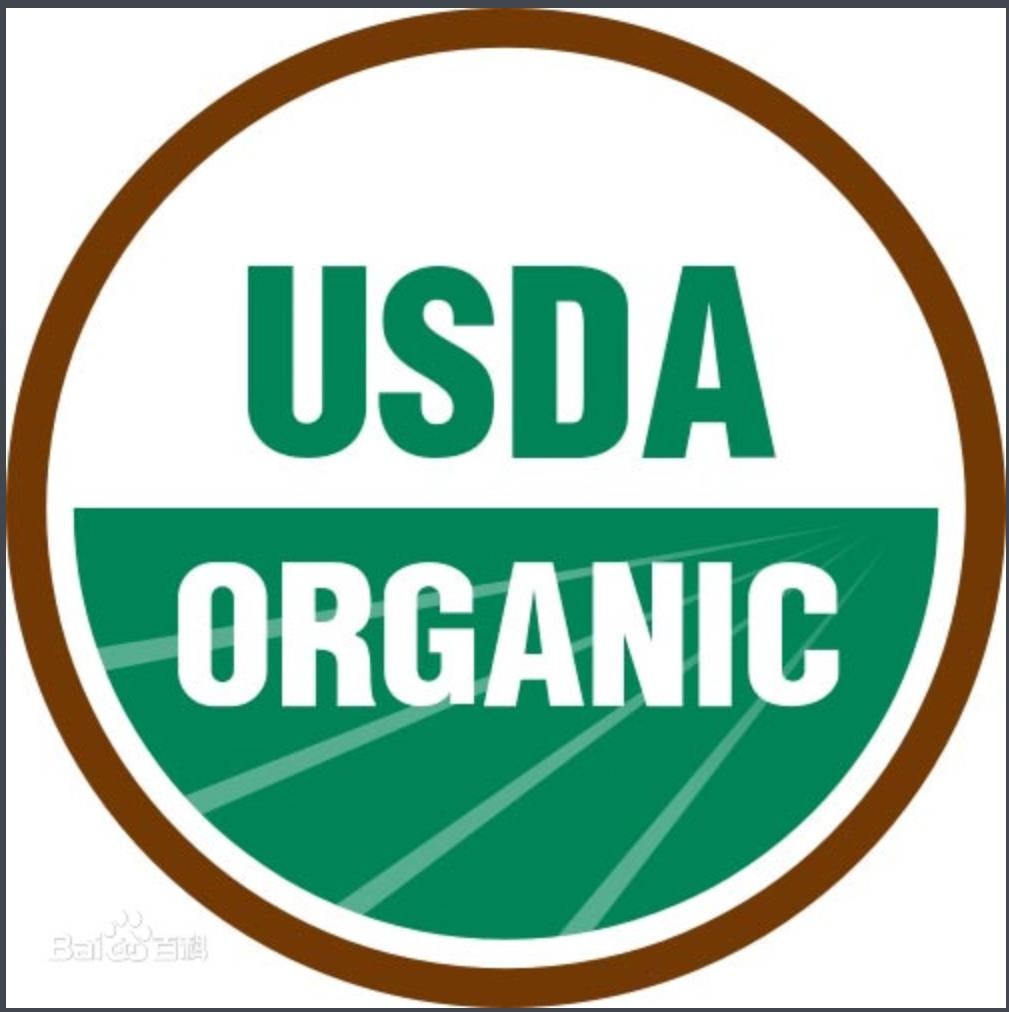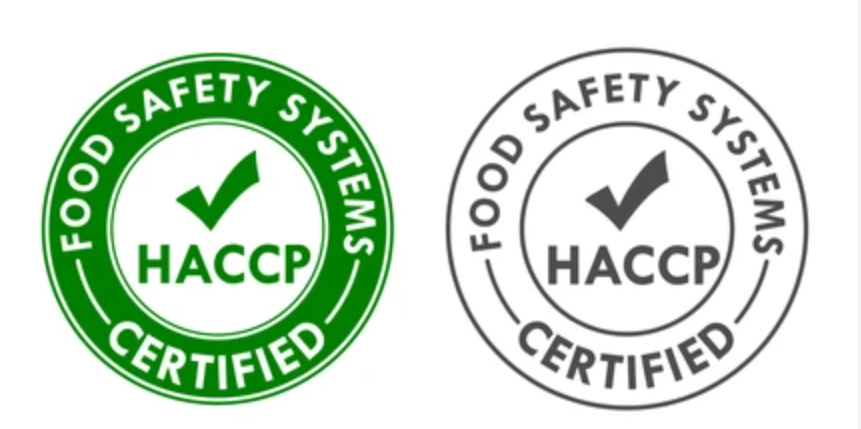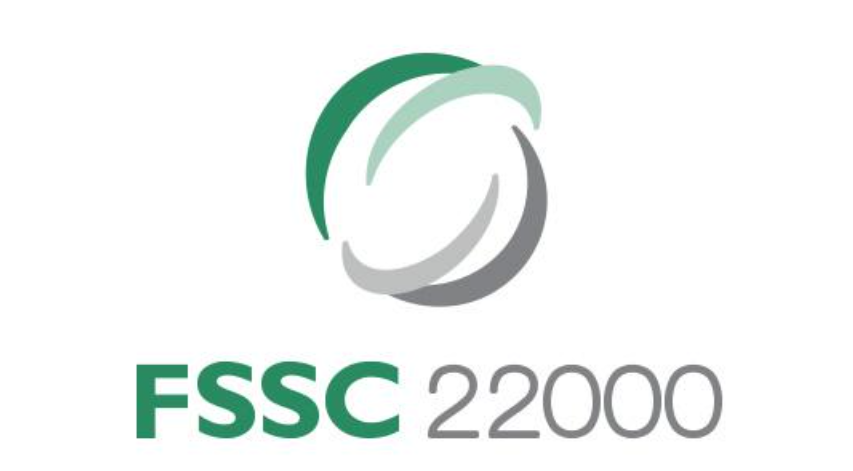Spirulina is an ancient photosynthetic autotrophic microalgae. This ancient marine organism is not only nutrient rich, comprehensive, and balanced, but also a true nutritional champion with strong adaptability, short growth cycle, and fast reproduction
1、 Correctly handling the relationship between the reproduction of Spirulina and environmental conditions
The most important conditions for cultivating spirulina are light, temperature, culture medium, and ventilation. The pH value, depth, flow, oxygen excretion, and reasonable supply of nutrients in the culture medium are important factors affecting yield. Therefore, the cultivation pool should be built in a place with good water quality, suitable lighting conditions, and a wide site, with a pH range of 7-11, preferably 8-9; The water depth is between 0.2 meters and 0.3 meters; The water temperature is between 18 ℃ and 38 ℃, preferably between 26 ℃ and 32 ℃.
2、 Different farming methods
1. Cultivating Spirulina in natural lakes was originally a primitive algae that naturally grows in saline lakes. Utilizing natural lakes for aquaculture is the most primitive and economical production method. It has very low equipment requirements and only requires investment in flood control and processing. The fertility of the lake water can be naturally restored by it. However, due to the special requirements of spirulina for light, temperature, pH value, etc., not all lakes can be farmed
3. The factory breeding equipment is advanced, with a grand scale and strict requirements. Currently, it is preferable to use a runway shaped elliptical cement pond for aquaculture, with a best aquaculture area of 15000 square meters per unit. Open cultivation or closed production can be used. Open culture is a production method that is close to nature, divided into freshwater and seawater systems. Most culture tanks are designed to be recyclable and stirred with a mixer. The depth of the culture medium is between 15 cm and 25 cm, and sunlight is used as the light source and heat source. Closed production refers to a production method of industrialized reproduction of spirulina using natural or artificial light in a closed bioreactor.
4、 Effectively mastering the key technologies of spirulina cultivation
Spirulina requires the largest amount of nutrients besides nitrogen, phosphorus, and potassium, which are carbon sources (CO2). Its main nutrient solution formula includes baking soda, table salt, potassium sulfate, magnesium sulfate, sodium nitrate, calcium chloride, ferrous sulfite, etc. Its production process: algal seed culture pool (original species) → primary culture → secondary culture → production pool → harvesting → washing → dehydration → spray drying → sterilization → inspection → packaging → warehousing → drug grade, food grade (or dehydration → natural drying → feed grade).
At present, the most commonly used formula in China is Zalock (g/L): baking soda 16.8, potassium dihydrogen phosphate 0.5, sodium nitrate 2.5, table salt 1.0, ferrous sulfite 0.01, magnesium sulfate 0.2, potassium sulfate 1.0, and crystalline calcium chloride 0.04. But there are differences in water quality, climate, and temperature in different regions, and the formula can also be adjusted accordingly.
